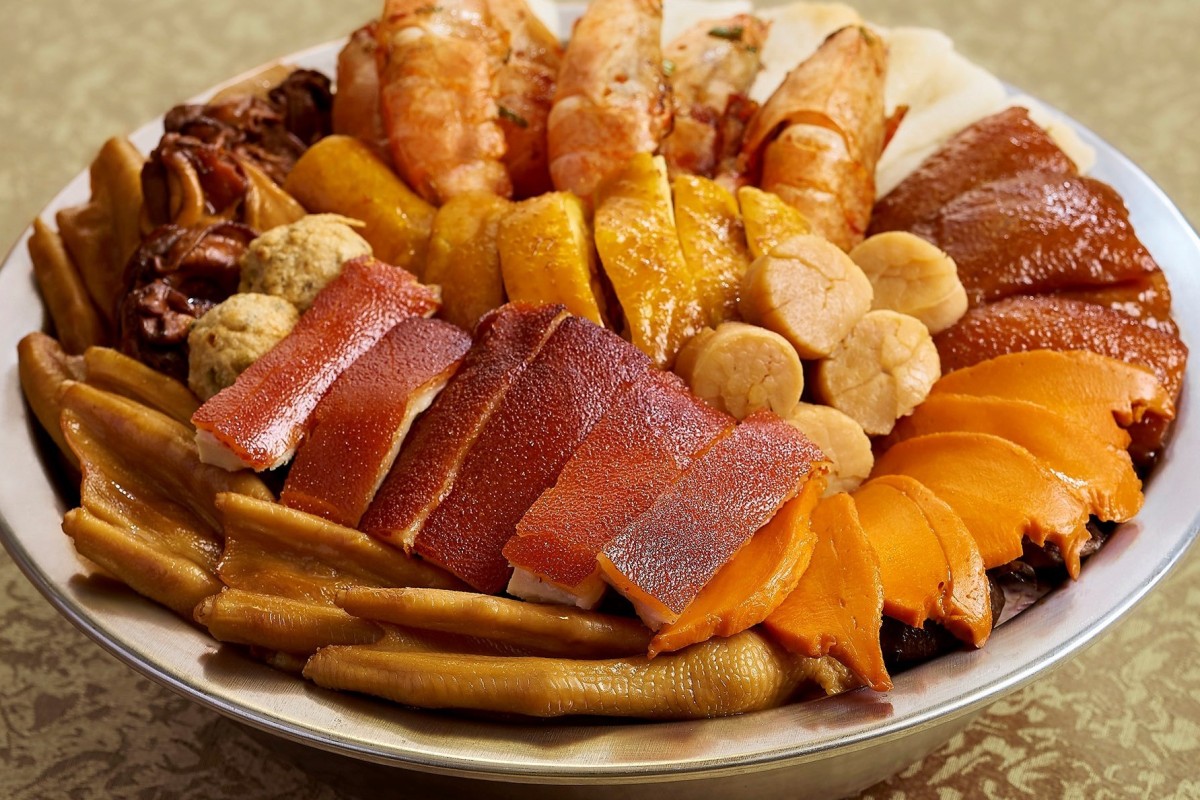
People that have heard of poon choi know that is a coveted dish originating from Hong Kong’s New Territories – the area north of Kowloon that many indigenous inhabitants of our city call home.
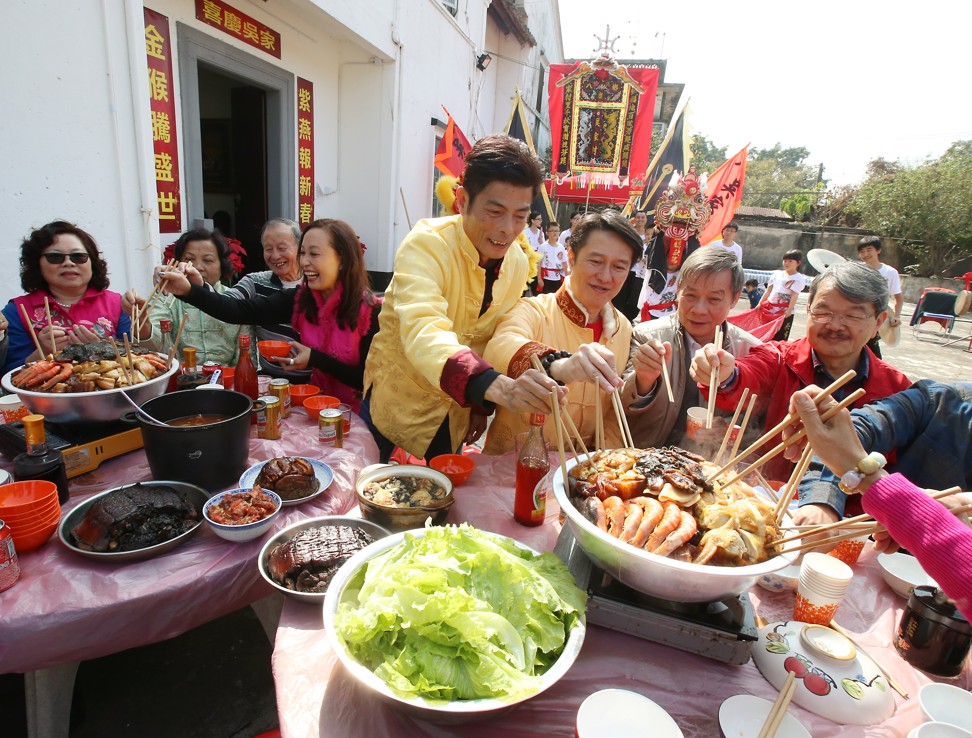
Poon choi was traditionally prepared in villages only to eat at meals celebrating events such as weddings, important birthdays and of course, Lunar New Year.
If Swiss chicken wings didn't originate in Switzerland or Hong Kong, where did they come from?
However, as time went on people were able to enjoy the taste of the New Territories dish at villages all-year-round and eventually, restaurant groups, hotels and other caterers were able to replicate the recipe and it quickly became a hit around the new year festival.
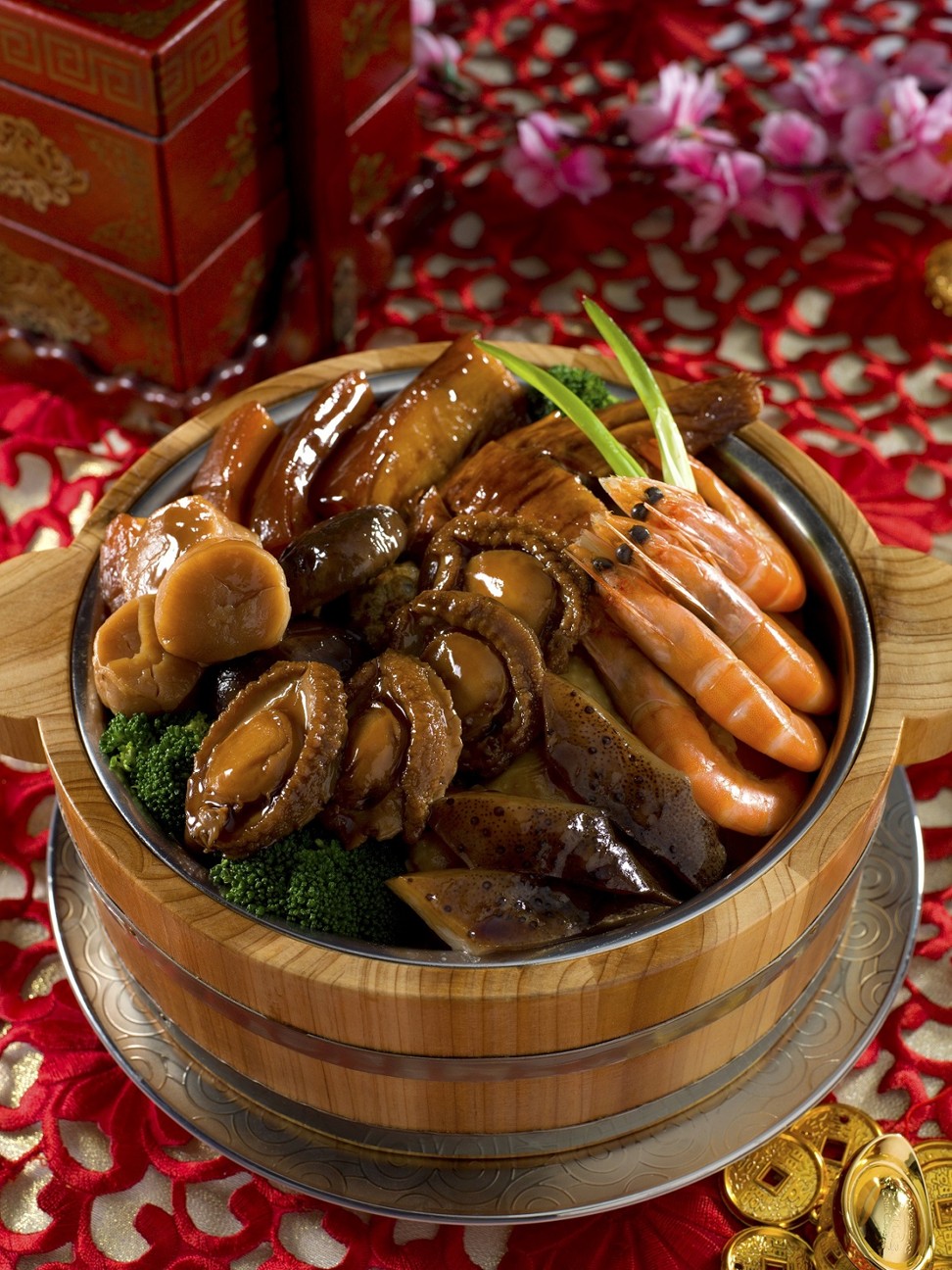
For the uninitiated, poon choi features all the fantastic ingredients you sample during a Chinese banquet placed together in a huge basin or bowl.
So, if Hainan chicken didn’t come from Hainan, where is it from?
Consisting of at least eight different main ingredients, including chicken and pork, these are actually layered and skilfully structured as a labour of love, rather than seemingly included at random.
The flavours of the dish increase in complexity as you make your way down the bowl.
The best layers lie on top for aesthetic reasons and also because of the Chinese tradition of serving the best to your guests first.
This would typically have meant seafood, chicken or prawns, but as the choice of ingredients available in Hong Kong has increased over time, abalone and sea cucumbers are now showcased as well.
The middle of the huge basin is filled with pork and dried mushrooms, with the bottom layers reserved for turnip and fatty pork, which soaks up the sauce and juices from the ingredients on top. It’s not uncommon for diners to end the meal by cooking noodles or udon in what’s left of the poon choi to savour every bit of the sauce.
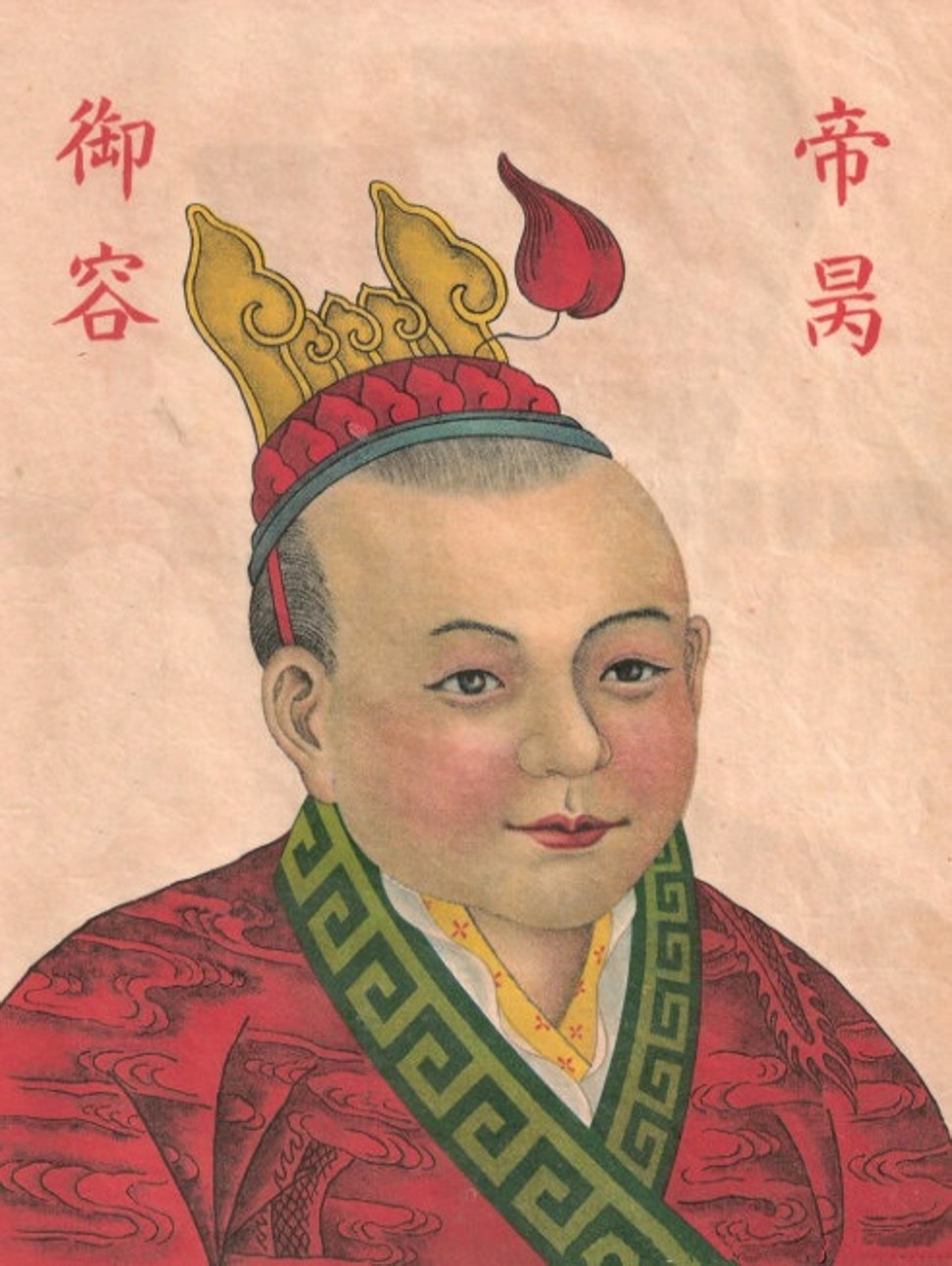
It might seem to make sociological sense that indigenous residents of Hong Kong, which was largely an agrarian society, would throw their best produce into a huge bowl and eat it together in an era when crockery would be hard to obtain.
However, the legend behind this dish is a lot more dramatic.
Why are piggy biscuits back in style this Mid-Autumn Festival?
It’s been said that during the late Song dynasty (960-1279 AD), when China was facing the threat of the Mongol army, the Emperor Zaho Bing fled south to Guangdong province and what eventually would become Hong Kong.
The villagers wanted to host the royal family, but resources were scarce. Although they had suitable ingredients for a banquet, they lacked the proper dinnerware.
The solution was to put the food inside wooden washbasins and the first poon choi was born.
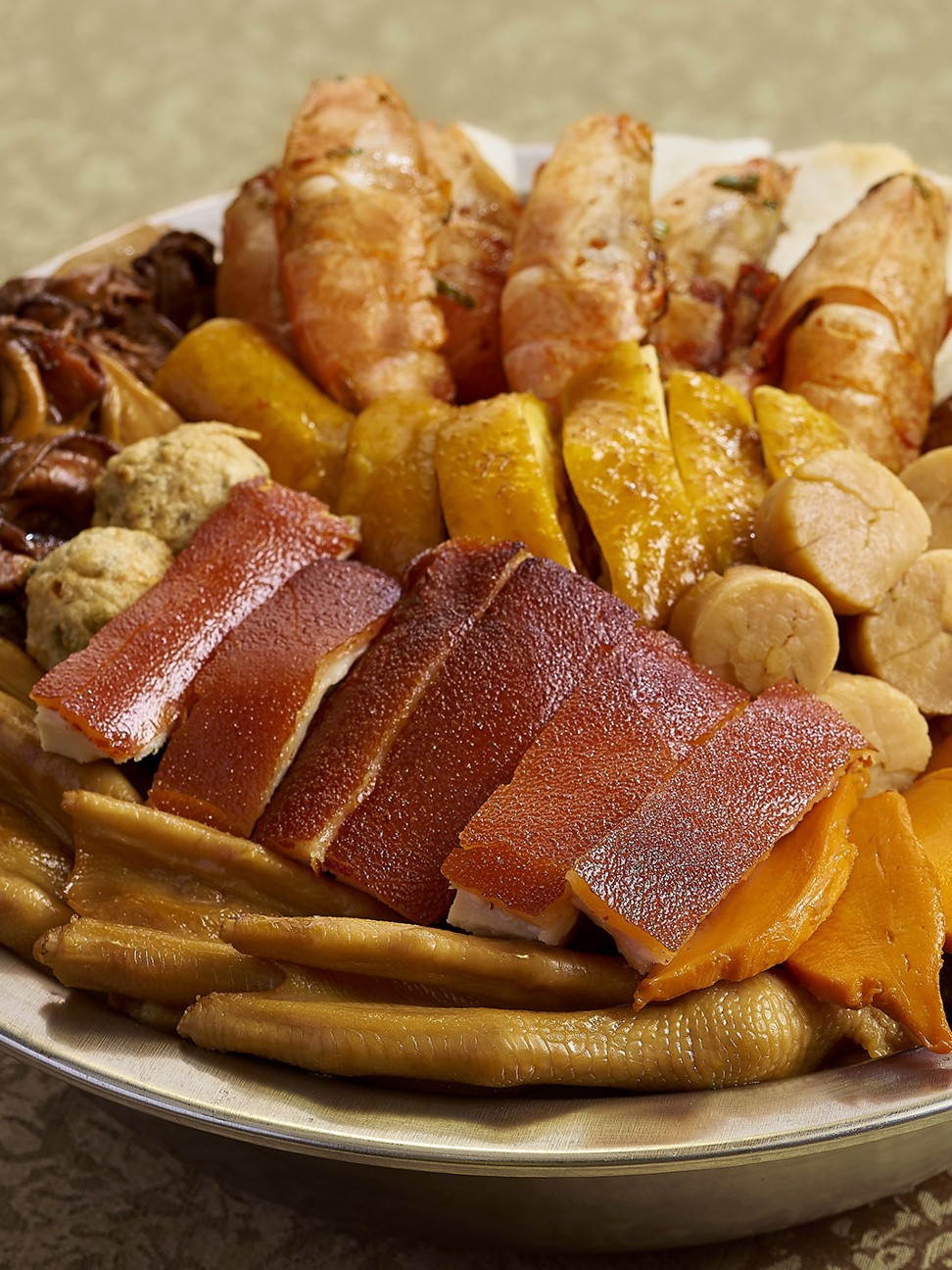
Traditionally, the preparation of the dish takes three days.
In the past the first day would have been reserved for collecting firewood and the second day would be used to slaughter the livestock and prepare the meat, while the final day would be spent cooking the huge quantity of food, which could take more than 10 hours.
Even though technology has come a long way since the dish was first created, that does not mean that making poon choi has become any easier.
Indeed, people’s high expectations of expensive food these days has made the process even more laborious.
Chinese executive chef Ho Wai-sing, of The Royal Garden Chinese Restaurant, said: “Some of ingredients we use, such as abalone and sea cucumber, need at least two days to prepare before we can cook them.
“Other ingredients, such as mushrooms, conpoy, suckling pig, goose feet, carp fish balls and dried oysters, can take a day or half a day to prepare.
“Also different ingredients need to be cooked separately and for different lengths of time.
“Once all the ingredients are ready, we need to put them all together by carefully layering them, so in total it will still take about three days to make poon choi.”
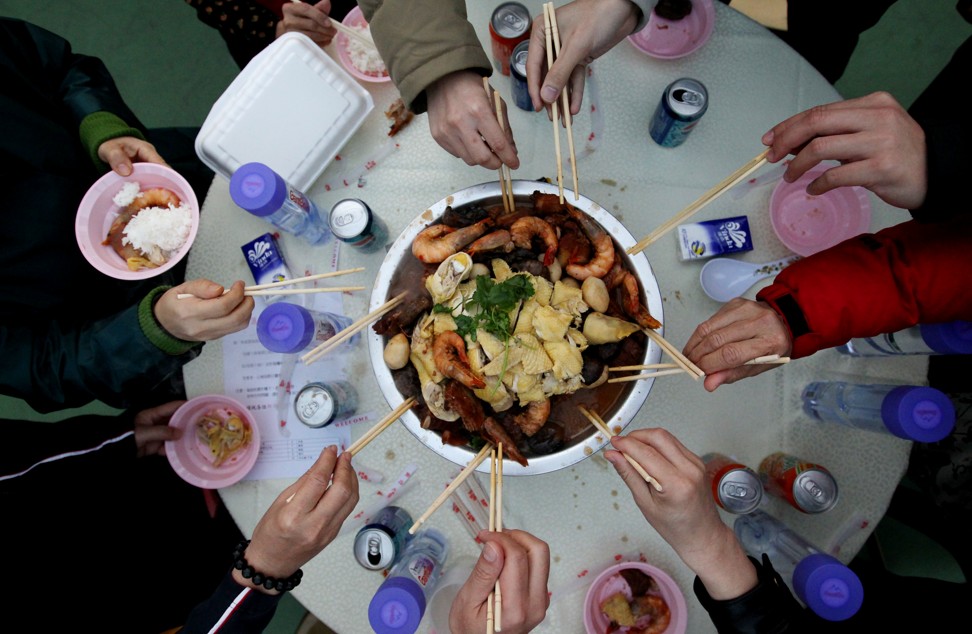
Today poon choi is a popular Lunar New Year dish because it’s so easy to share and only needs to be reheated after it’s been prepared.
It also fulfils the requirements of auspiciousness because of its satisfying and sometimes expensive ingredients and is best enjoyed when shared with friends and family members.
Is bak kut teh from Malaysia or Singapore?
So when you next stick your chopsticks into this huge basin of food, do so knowing that this, and not fish balls or dim sum, is the most representative dish of the “Fragrant Harbour” – Hong Kong.
Want more stories like this? Sign up here. Follow STYLE on Facebook, Instagram and Twitter






